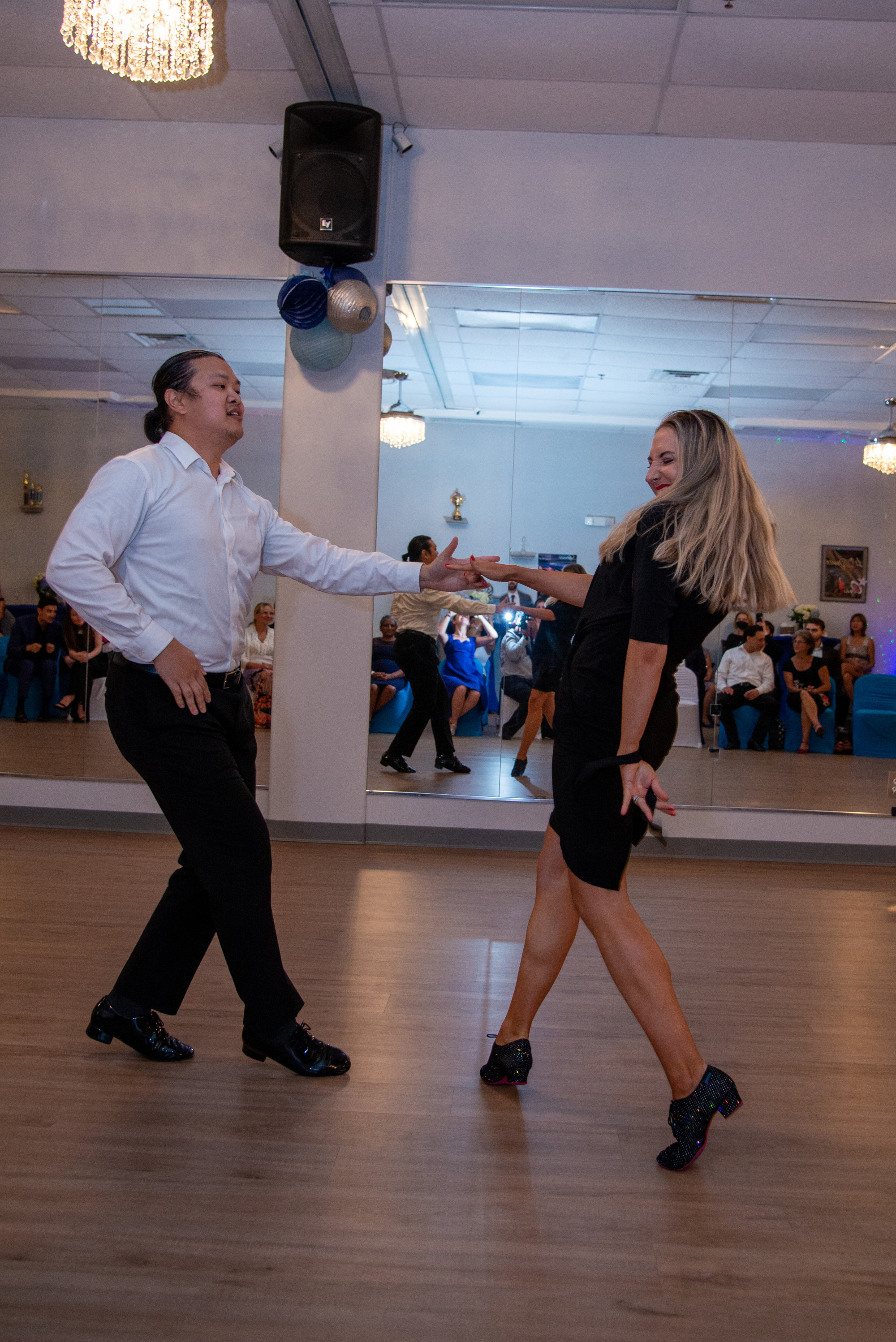East Coast Swing Dance Lessons Near Four Corners, Florida
Looking to get private dance lessons near Four Corners, Florida? We've got you covered! We are conveniently located in Ocoee and ready to help you on your dance journey!
Styles We Teach
Argentine Tango Dance Lessons in Four Corners, Florida Bachata Dance Lessons in Four Corners, Florida Ballroom Dancing Dance Lessons in Four Corners, Florida Bolero Dance Lessons in Four Corners, Florida Cha-Cha Dance Lessons in Four Corners, Florida Competitive Ballroom Dance Lessons in Four Corners, Florida Contemporary Dance Lessons in Four Corners, Florida Country Two Step Dance Lessons in Four Corners, Florida Couple Dancing Dance Lessons in Four Corners, Florida Custom Choreography Dance Lessons in Four Corners, Florida Flash Mob Choreography Dance Lessons in Four Corners, Florida Foxtrot Dance Lessons in Four Corners, Florida Hustle Dance Lessons in Four Corners, Florida Jive Dance Lessons in Four Corners, Florida Latin Dancing Dance Lessons in Four Corners, Florida Lindy Hop Dance Lessons in Four Corners, Florida Line Dancing Dance Lessons in Four Corners, Florida Mambo Dance Lessons in Four Corners, Florida Merengue Dance Lessons in Four Corners, Florida Nightclub Two Step Dance Lessons in Four Corners, Florida Paso Doble Dance Lessons in Four Corners, Florida Quickstep Dance Lessons in Four Corners, Florida Quinceanera Choreography Dance Lessons in Four Corners, Florida Rumba Dance Lessons in Four Corners, Florida Salsa Dance Lessons in Four Corners, Florida Salsa on Two Dance Lessons in Four Corners, Florida Samba Dance Lessons in Four Corners, Florida Social Dancing Dance Lessons in Four Corners, Florida Surprise Dance Choreography Dance Lessons in Four Corners, Florida Sweet Sixteen Choreography Dance Lessons in Four Corners, Florida Swing Dance Lessons in Four Corners, Florida Tango Dance Lessons in Four Corners, Florida Viennese Waltz Dance Lessons in Four Corners, Florida Waltz Dance Lessons in Four Corners, Florida Wedding Dance Choreography Dance Lessons in Four Corners, Florida West Coast Swing Dance Lessons in Four Corners, Florida

East Coast Swing
East Coast Swing is a popular form of social partner dance that originated in the United States during the 1940s. It evolved from the Lindy Hop and Jitterbug dances and is characterized by its energetic and lively movements. East Coast Swing is typically danced to upbeat swing music, including big band, rock and roll, and rhythm and blues.
Here are some key characteristics of East Coast Swing:
- Basic Step: The basic step of East Coast Swing consists of a rock step back followed by a triple step pattern, often described as "rock step, triple step, triple step." Partners face each other in a closed dance position, with the leader typically starting with the left foot and the follower with the right foot.
- 6-Count Rhythm: East Coast Swing is danced to a 6-count rhythm, making it relatively easy to learn compared to other swing dance styles like Lindy Hop or West Coast Swing.
- Connection: Partners maintain a strong connection throughout the dance, using tension and compression in their arms to lead and follow movements effectively.
- Variations: While the basic steps form the foundation of East Coast Swing, there are numerous variations, turns, and styling options that dancers can incorporate to add flair and creativity to their dancing.
- Versatility: East Coast Swing is a versatile dance that can be adapted to various tempos and styles of music, from classic swing to contemporary pop and rock.
- Social Dance: Like other swing dances, East Coast Swing is primarily a social dance enjoyed at dance parties, clubs, weddings, and other social events. It fosters a sense of community and camaraderie among dancers.
East Coast Swing is known for its fun and energetic nature, making it a favorite among both beginner and experienced dancers. It's a great way to stay active, meet new people, and express oneself through movement and music.